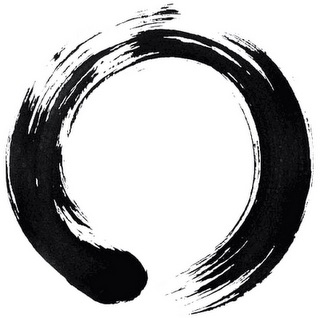Finding Your Inner Master – Kigatsuku
By Shihan Henderson
 For many students the practice of Kata, or forms, is very frustrating and elusive. Though they may practice and master the techniques and series of movements, deeper spiritual mastery is often out of reach. This may be due to a number of reasons. This paper is meant to identify some of those underlying reasons and to help avoid a crisis in training by bridging the gap of understanding for the martial arts student by comparing some of the similar aspects of both Kata training and traditional training of the Zen meditation student.
For many students the practice of Kata, or forms, is very frustrating and elusive. Though they may practice and master the techniques and series of movements, deeper spiritual mastery is often out of reach. This may be due to a number of reasons. This paper is meant to identify some of those underlying reasons and to help avoid a crisis in training by bridging the gap of understanding for the martial arts student by comparing some of the similar aspects of both Kata training and traditional training of the Zen meditation student.
Through the years, Kata has been held in the highest regard by many of the most influential Sensei and has been considered the main training form in many martial arts. Its influence on Budo is apparent as most Budo styles and schools incorporate Kata forms as a primary learning methodology. However, Kata often remains simply that – a method used to teach technique (waza), whereas it can and should be much more. That is, Kata should be the door that the student opens to lead himself onto a life long Zen journey.
When comparing the technical aspects of Kata against its spiritual aspects, it should be noted that technical mastery of the basic and advanced movements within the martial arts can be obtained within a relatively short period of time by any student of average capacity who shows a desire to learn and study. For arguments sake, and from personal experience in teaching, let us assume that this process takes somewhere from five to ten years of general martial arts training. Otherwise stated, the average Karatedo student will have mastered his physical technical training somewhere around the second to fourth dan (level) black belt. After this technical mastery has been achieved, new Kata forms will not provide the student with any further benefit unless he or she is willing to view them in a new light. That is, to see them as a spiritual exercise that can bring them closer to a fuller understanding of the nature of reality and their own true nature.
